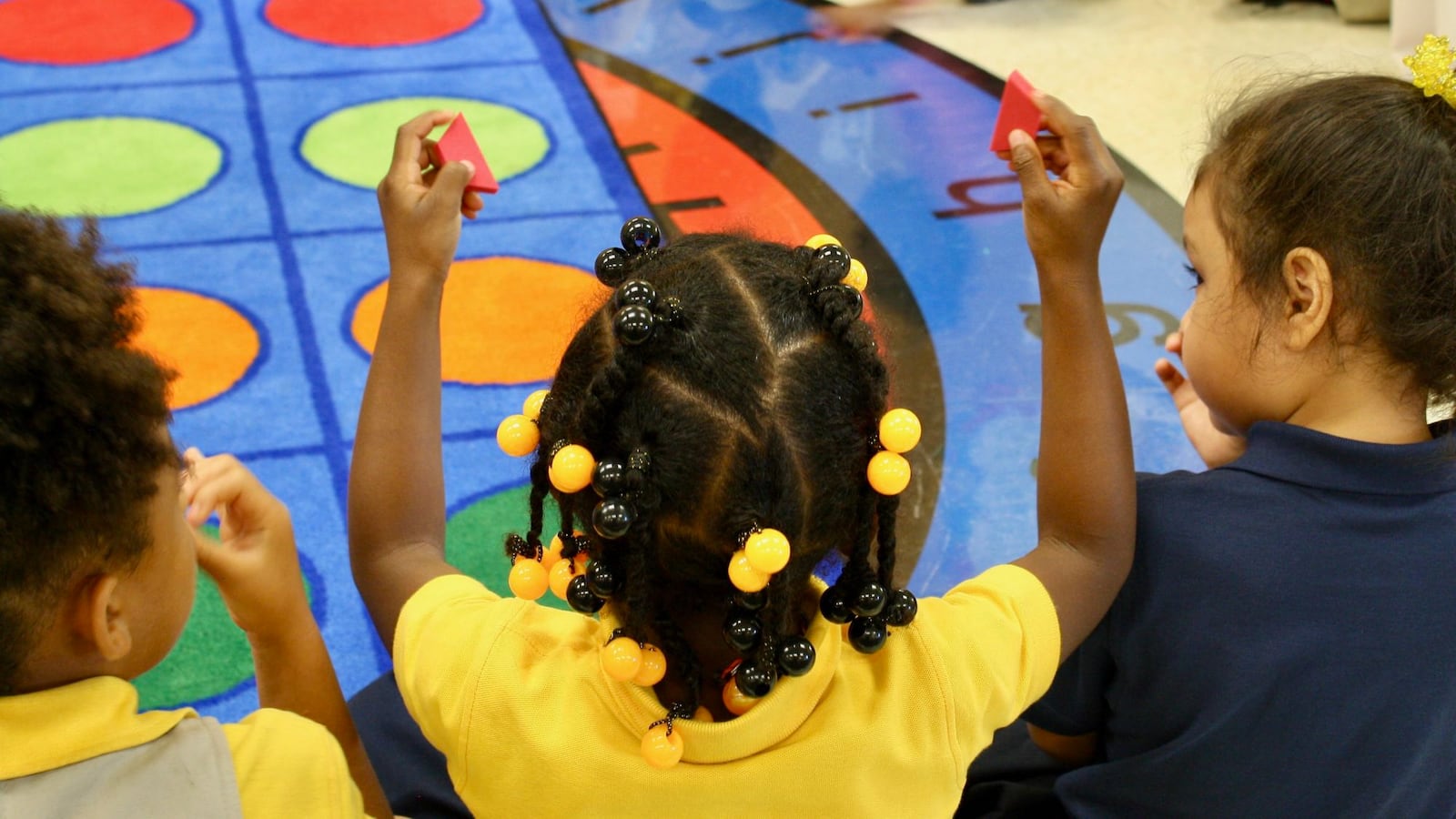State education officials are expecting a shortfall in school funding this year that could be as high as $9 million because state and local officials underestimated Indiana’s student enrollment.
If the legislature does not act to increase funding, districts, charter schools and private schools that receive state vouchers could all get less money than they were promised this year.
Senate President David Long said new legislation to appropriate more money to schools would be proposed, though other lawmakers involved in budget-making were less certain on what a solution would look like this early.
“It’s our top priority, education is, so it’ll have our full focus when we come back in January,” Long said.
But on the upside, he said, public school enrollment increased since last year.
“It’s not a bad problem,” Long said. “We have more kids going into public schools than we did last year, but it’s a challenge for us only in a sense that we need to adjust our numbers.”
A memo from the Indiana Department of Education said the legislature’s budget appropriation was short by less than one-half of 1 percent. When the amount the legislature allocated for school funding does not line up with its funding formula, “the law requires the Department to proportionately reduce the total amount to be distributed to recipients,” the memo said.
It’s not clear how the miscalculation in enrollment numbers occurred, said Rep Tim Brown, a key budget-writer and chairman of the House Ways and Means Committee. The budget dollars are estimated based on projected school enrollment counts from districts themselves, the education department and the legislative services agency, which helps provide information and data to lawmakers.
Brown urged people to keep the number in perspective, especially since the budget is crafted based on estimates. Brown said this was the first year since he became involved with budget writing in 2013 that projected budget allocations ended up being less than school enrollment, which was calculated based on counts from September Count Day.
“We’re looking at what our options are, but let us keep in mind it is $1.50 out of every $10,000 a school gets,” Brown said, adding that he wasn’t sure this early on how lawmakers would act to make up the shortfall.
But J.T. Coopman, executive director for the Indiana Association of Public School Superintendents, said even small amounts of money make a difference for cash-strapped schools. Districts have already started making contracts and have obligations to pay for teacher salaries and services at this point. It’s pretty late in the game for this kind of news, he said.
“I did see that it’s less than a half a percent, but for schools that’s a lot of money,” Coopman said. “Can we get this fixed before it becomes a real problem for school districts?”
Indianapolis Public Schools Superintendent Lewis Ferebee, who leads a district that is already in deficit, was optimistic. In a statement, he said, “we’re encouraged by the commitment and urgency demonstrated by our legislative leaders.”
Neither Brown nor Long knew how much public school enrollment had increased. The $32 billion two-year budget passed in April increased total dollars for schools by about 3.3 percent from 2017 to 2019, for a total of about $14 billion. Included within that was a 2.5 percent average increase for per-student funding to $6,709 in 2019, up from $6,540 last year.
The news of a funding shortfall comes as the state continues to see declining revenue. The Northwest Indiana Times reports that state revenue is down $136.5 million (2.8 percent) from what lawmakers estimated this past spring for the next two-year budget.
During the annual ceremonial start to the 2018 legislative session today, leaders discussed a need to provide more resources to schools and the state board of education. So far, many of the priorities involving education this year look to address workforce needs and encourage schools to offer more computer science courses.
But House Speaker Brian Bosma also shouted out “innovative” steps made by Indianapolis Public Schools and Fort Wayne Public Schools.
“People are trying something different and they are having great results with it,” Bosma said. “We need to give them more tools, we need to give them more opportunities.”

